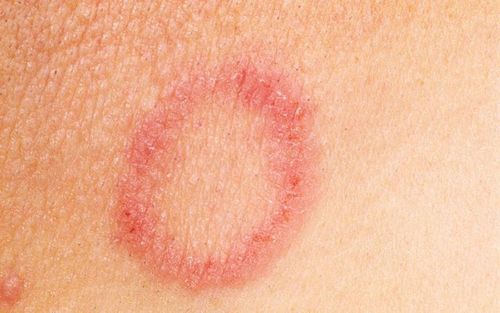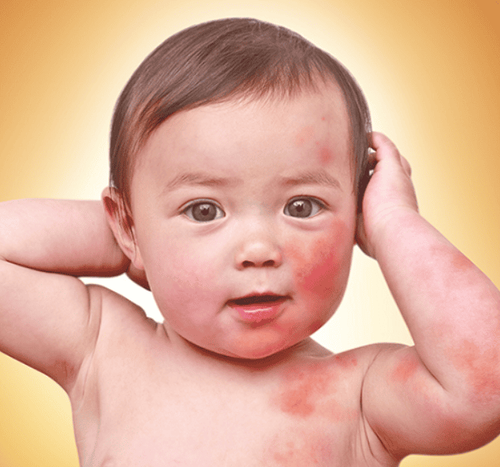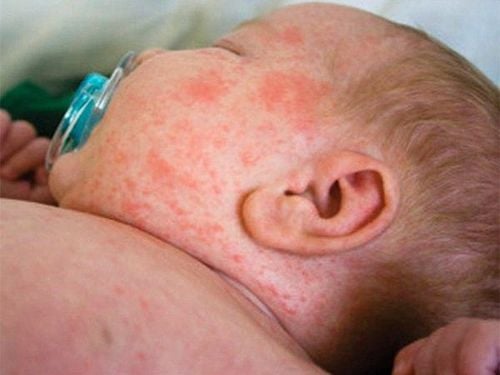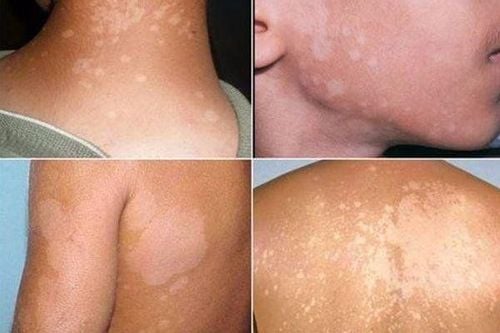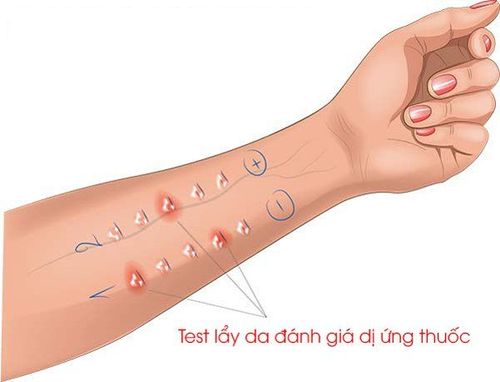This is an automatically translated article.
Until now, Medicine has not had a cure for atopic dermatitis completely. However, with existing atopic dermatitis drugs, if selected correctly for the mechanism, severity and duration of the disease, the patient knows how to use it with good control from the expert. can still have a healthy skin like normal people.
1. Topical treatment for atopic dermatitis
Most people with atopic dermatitis use topical treatments with lotions, moisturizers, and ointments as first-line therapy. When the surface of the skin becomes inflamed, cracked or dry, this causes irritation. If these irritations don't improve, atopic dermatitis will quickly get worse.
Topical therapies for atopic dermatitis include the following topical agents:
Trắc nghiệm: Bận rộn có ảnh hưởng đến sức khỏe của bạn không?
Cuộc sống hiện đại khiến chúng ta vì quá bận rộn mà quên chăm sóc sức khỏe cho chính mình. Ai cũng biết rằng lịch trình làm việc cả ngày có thể khiến bạn kiệt sức, nhưng cụ thể bận rộn ảnh hưởng thế nào tới sức khỏe? Hãy cùng làm thử bài trắc nghiệm dưới đây.
1.1. Emollient Creams Emollients provide moisture to the skin and help prevent further water loss. This cream should be used by most people with atopic dermatitis in an attempt to restore the body's barrier function of the intact skin. Common emollient creams are usually very easy to apply, Permeability and rapid evaporation. Besides, ointments will be more effective if the skin is very dry but sometimes cause discomfort due to leaving an oily surface. Cosmeceutical emollient creams are preferred in certain cases but are often expensive. Even so, they often contain fragrances or other additives that can irritate the skin. Regardless of form, emollients should be used at least twice a day all over the surface of the skin. They are best applied within three minutes of bathing to maximize their moisturizing effect. When using the cream, take care to remove an adequate amount from the bottle each time with a clean spoon to avoid contamination.
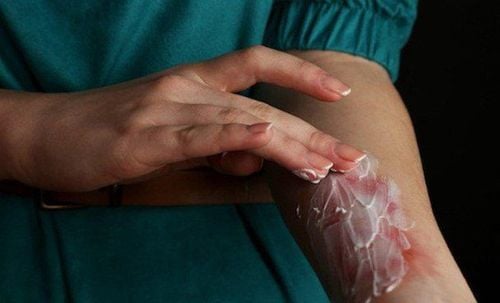
1.2. Topical steroids Topical steroids are the mainstay of treatment for mild to moderate atopic dermatitis. They even have a core role in if atopic dermatitis is severe and then reduced in dose when other measures work.
Accordingly, topical steroids will be very effective and safe if used correctly, although many people are concerned about potential side effects from topical medications. The thickness of the skin areas is different in different areas of the body. The thinnest areas of skin are on the face, especially the eyelids, genitals, body folds and the skin of babies. These are areas that absorb topical steroids very easily and are prone to local side effects from them.
Thus, the least effective amount of steroid should be used and there is ample evidence that there is no benefit to applying it more than once a day. Instead, use an emollient if your skin is dry or easily irritated.
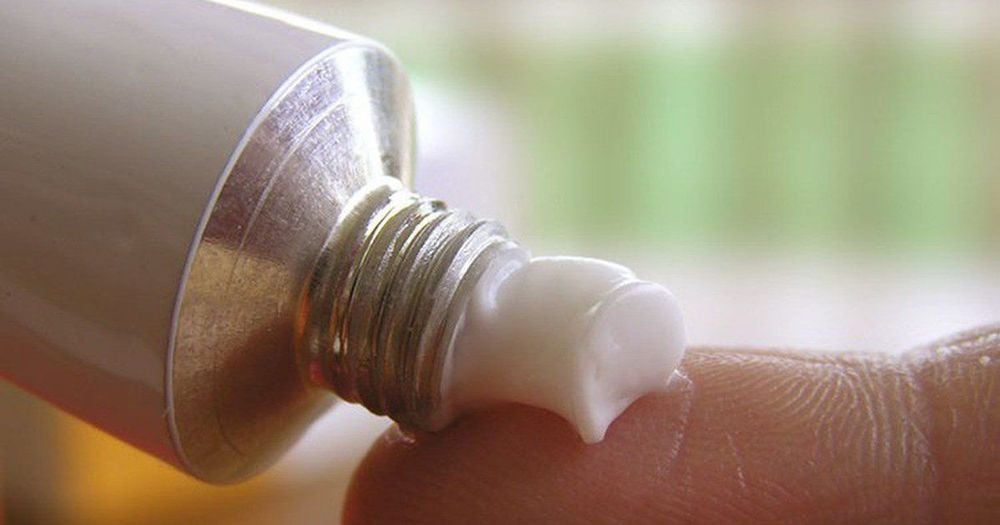
1.3. Topical calcineurin inhibitors Topical calcineurin inhibitors such as pimecrolimus cream (Elidel TM) and tacrolimus ointment (Protopic TM) are particularly useful for mild to moderate atopic dermatitis. They are both immunomodulatory and anti-inflammatory. Also, unlike topical steroids, this class of topicals does not thin the skin or cause damage to the skin.
Therefore, topical immunomodulatory drugs will be especially useful for atopic dermatitis in thin skin areas such as the face, genitals and body folds. Common initial side effects are burning, warmth, or stinging.
1.4. Antiseptic solutions Using antiseptic solutions can also be helpful in infectious atopic dermatitis as long as the concentration is not too high or causes no further irritation on the skin.
Common antiseptic solutions are potassium permanganate, sodium hypochlorite 6% mixed in the bath and soak for 10 minutes. Other antiseptics include cetrimide, chlorhexidine, chloroxylenol, dibromopropamidine, polynoxylin, povidone iodine, and triclosan. In addition, when using an antiseptic solution, it should be combined with an emollient.
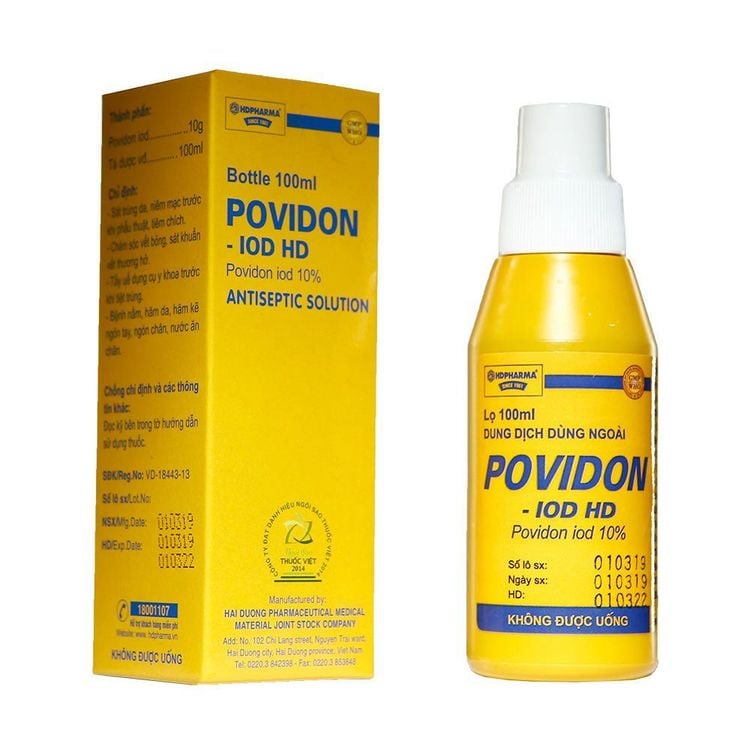
1.5. Wet bandages The use of wet bandages and emollients will be helpful in alleviating the discomfort of acute atopic dermatitis.
Tubular elastic band is quite convenient to use. Moreover, they not only cool and moisturize the skin, but also protect the skin from further damage caused by scratches. This measure can be repeated for several days or so, changing to another wet dressing as it dries.
2. Antibiotics in the treatment of atopic dermatitis
Antibiotics are sometimes important in controlling atopic dermatitis, especially when there are signs of a bacterial infection such as blisters, pustules, or painful swelling. This condition, if not treated promptly with appropriate antibiotic therapy, will very easily lead to cellulitis.
Antibiotics are mainly taken orally. However, severe infectious dermatitis requires hospitalization for intravenous antibiotic treatment.
Meanwhile, topical antibiotic creams and ointments are not recommended for use in atopic dermatitis. This is because they are not as effective as oral antibiotics. It can even cause contact allergic dermatitis or promote the growth of antibiotic-resistant bacteria.
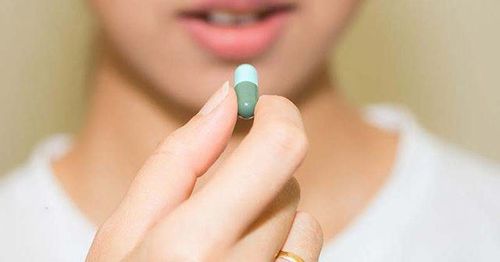
3. Oral antihistamines in the treatment of atopic dermatitis
Antihistamines are sometimes helpful in symptom control in patients with atopic dermatitis, especially if the patient also has concomitant urticaria.
Antihistamines are often chosen as non-sedative as cetirizine and should not be used for too long.
4. Systemic treatment for atopic dermatitis
The following systemic oral medications may be considered for patients with severe atopic dermatitis:
Oral corticosteroids such as prednisone and prednisolone are usually used for a short course of treatment. term. Medications can provide rapid control of the condition, but they cannot be used long-term because of the risk of significant side effects. Nonsteroidal immunosuppressants such as azathioprine, methotrexate, cyclosporin or mycophenolate can be used to achieve steroid dose reduction and eventual discontinuation. While potential long-term side effects are not possible, immunosuppressants have all shown to be very effective with minimal risk. In addition, the drug can also be stopped when the disease is stable and repeated when the disease recurs. Biologic drugs are also being studied for atopic dermatitis. A monoclonal antibody targeting IL-4 and IL-13 such as dupilumab (Dupixent®) has been approved for the treatment of atopic dermatitis showing promising results.
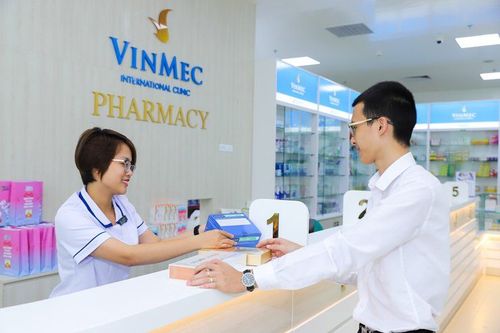
In summary, with the advancement of non-pharmacological therapies such as phototherapy, psycho-behavioral therapy, drugs to treat atopic dermatitis, including topical and oral formulations, are still maintained. sustainable values bring certain effects. However, patients need to strictly follow the doctor's instructions, coordinate well with measures to keep the skin healthy and limit side effects.
Please dial HOTLINE for more information or register for an appointment HERE. Download MyVinmec app to make appointments faster and to manage your bookings easily.
References: dermnetnz.org, nhs.uk, emedicine.medscape.com



